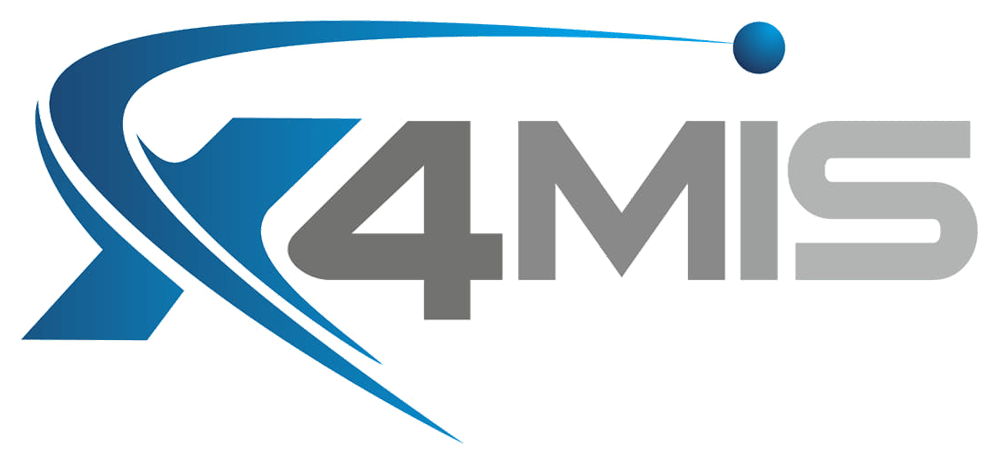Change Risk Plan
Change Risk Assessment
Written by: Austin Watene
What is a change risk assessment
The Change Risk Assessment focuses on the people involved in the Change Management initiative.
The Project Manager for the transformation programme will have completed a Risk Assessment for the project as a whole.
The Change Risk Assessment addresses the people and adoption risk that the transformation programme will impact.
The Project and Change Team must participate in this conversation with prepared questions and thresholds the transformation programme must not cross. Costs and effects on other business operations or services and who the change will affect are some risks to be considered. The Change Team will identify additional risks during the Compose Phase and as the conversations continue throughout the programme.
Every transformation programme has targeted objectives & benefits, and achieving these successfully depends on two factors:
- The quality of the project - The degree to which the solution is accepted or adopted, including the solution's quality, is a typical practice. Organisations that thrive on innovation are often experts at delivering excellent solutions and controlling project risks.
- Adoption risks – These hinder or prohibit the acceptance or adoption of the solution. Similar to how project risks may affect the quality of the solution, change management risks can prevent the solution from being adopted and accepted, impacting the planned benefits. These risks might affect executives, employees, or anyone connected to the solution.
The Change Team will identify risks associated with the programme while conducting stakeholder, impact, influence and other analysis during the Compose Phase. Those impacted by the change programme can be included in these analysis questions to assess the risk value explicitly associated with the change management initiative. Questions can be assigned a weight to reflect the danger to the organisation.
Common risks
To effectively complete the project, the project management team and the change management Team must accomplish the deliverables defined in the project plan, timeframe, meeting schedule, and other documents provided by the Project Management Team.
The change management team provides the Change Implementation Plan, communications plan, and strategies for managing adoption.
These processes will identify risks common to both sets of plans, for example:
- Insufficient sponsorship, ownership or governance to guide the project.
- Inadequate planning, methodology, programme management software, tools or resources.
- Insufficient change management or no Change Manager allocated to the project.
- High level(s) of resistance to the new tools and processes.
- Communications strategy does not generate the necessary awareness and engagement.
- The Project and Change Management Teams must cooperate for the programme's success.
Prerequisites
You must understand what constitutes success before using the X4MIS Risk Assessment. You need to know what success is to identify deviation from success. The Change Implementation Plan will specify the project's goals, scope, and deliverables for success.
Identifying and managing risks
The approach to identifying project risk and the change risk associated is essentially the same. It requires frequent questions from the Change and Project Managers. The actions that should be performed for risk assessment and mitigation are listed below.
Step 1: Develop the risk register
- Complete the change management assessments defined in the compose phase. (Change Impact Assessment, Stakeholder Analysis, Change Readiness Assessment, etc.)
- Document the identified risks in a Risk Register. Ideally, this is a combined Project and Change Risk Register. However, you can maintain a Change Risk Register if appropriate.
- Continue reviewing progress and identifying new risks for the programme's life, including post-implementation, when the impacted groups are first using the solution in routine day-to-day work.
Step 2: Update the risk assessments and add mitigations
- Create mitigations for each identified risk in the risk register, focusing on the problems that create the risk. Document the proposed treatment approach, acceptance, transference, avoidance, or reduction.
- Assign severity, proximity, and owners.
Step 3: Keep monitoring while continuing to assess risks and take mitigation measures
- Monitor and manage the risk register during the programme life cycle and up to four weeks following the project's go-live. User adoption is crucial to project success, and new project risks frequently arise in the first few weeks after individuals have started using a recently introduced solution.
- Schedule and conduct regular formal risk reviews with the project leaders, change management leads, key sponsors, and any other important stakeholders
- Communicate the findings of the risks assessment and the risk status with the project sponsor, project and change teams. Use the information to decide the steps the Project and Change Teams will need to take to manage success.
Compose the Change
Browse by Categories

Free On-Line Change Management Methodology that enables individuals and organisations, especially those previously without access to effective change management programmes, to deliver more effective community and country programmes which improve prosperity and save lives.
QUICKLINKS
TRAINING LINKS
LATEST POSTS




